
 Hello and welcome to the unofficial Brian De Palma website. Here is the latest news: |
|---|
E-mail
Geoffsongs@aol.com
-------------
Recent Headlines
a la Mod:
Listen to
Donaggio's full score
for Domino online
De Palma/Lehman
rapport at work
in Snakes
De Palma/Lehman
next novel is Terry
De Palma developing
Catch And Kill,
"a horror movie
based on real things
that have happened
in the news"
Supercut video
of De Palma's films
edited by Carl Rodrigue
Washington Post
review of Keesey book
-------------
Exclusive Passion
Interviews:
Brian De Palma
Karoline Herfurth
Leila Rozario
------------
------------
| « | February 2024 | » | ||||
| S | M | T | W | T | F | S |
| 1 | 2 | 3 | ||||
| 4 | 5 | 6 | 7 | 8 | 9 | 10 |
| 11 | 12 | 13 | 14 | 15 | 16 | 17 |
| 18 | 19 | 20 | 21 | 22 | 23 | 24 |
| 25 | 26 | 27 | 28 | 29 | ||
De Palma interviewed
in Paris 2002
De Palma discusses
The Black Dahlia 2006

Enthusiasms...
Alfred Hitchcock
The Master Of Suspense
Sergio Leone
and the Infield
Fly Rule
The Filmmaker Who
Came In From The Cold
Jim Emerson on
Greetings & Hi, Mom!
Scarface: Make Way
For The Bad Guy
Deborah Shelton
Official Web Site
Welcome to the
Offices of Death Records
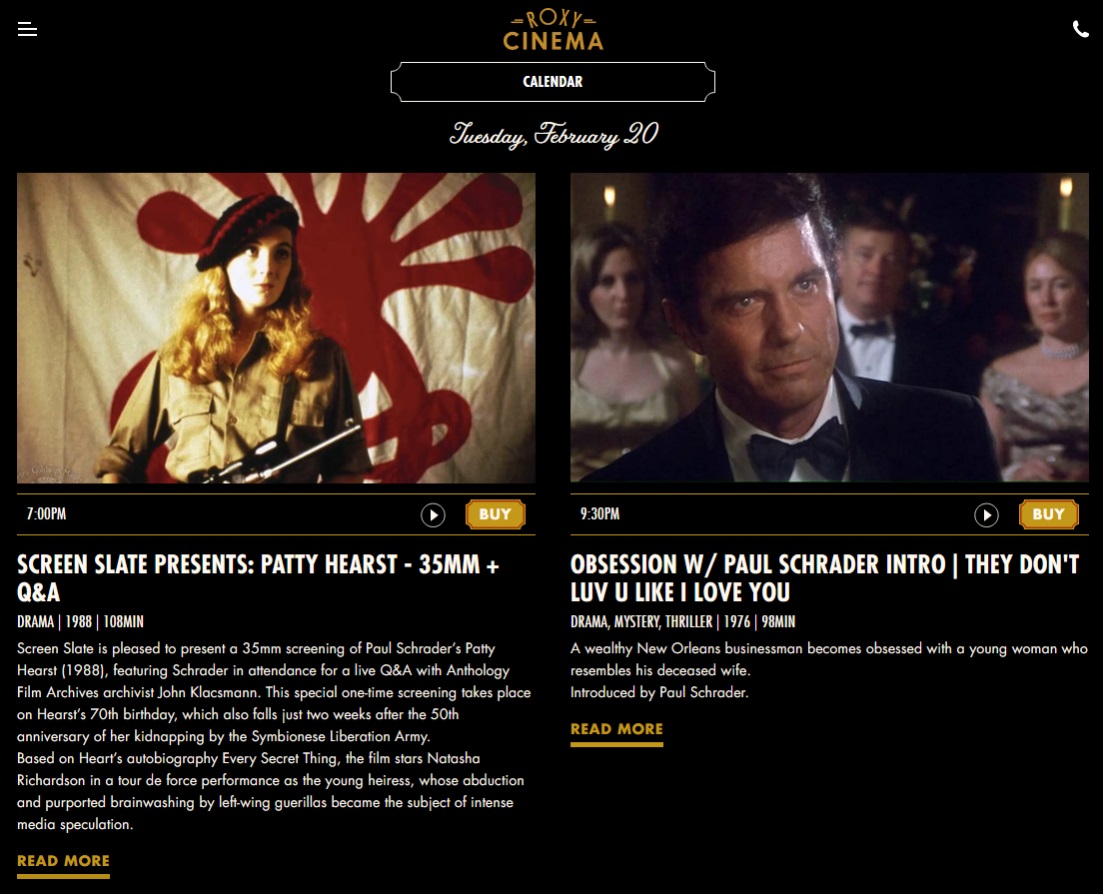
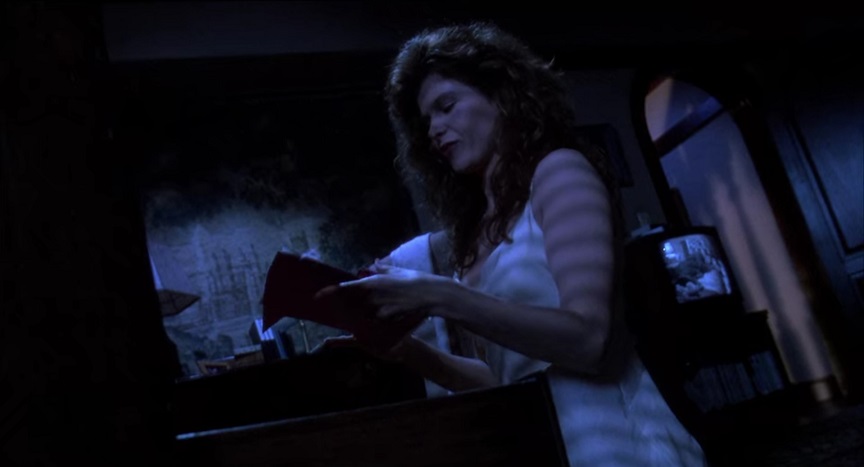
While the structure of the theatrical cut does take something away from the experience, I would vehemently argue that it still has plenty of merits exactly as it is. So, for the sake of simplicity, I will focus this essay on the theatrical version because it remains the most widely accessible incarnation of Raising Cain. But for anyone keen to track down the alternate cut, Shout Factory has released Gelderblom’s version as part of a collector’s edition Blu-ray.No matter which cut of the film you watch, John Lithgow’s ever-versatile performance is a key element of the picture’s success. The actor shines in his turn as several different characters and personas that live inside Carter’s mind. Lithgow manages to convey a sense of real menace in his turn as Cain, helplessness as Carter, and a level of unhinged fury in his portrayal of Dr. Nix.
Like so many of De Palma’s films, Raising Cain is filled with giallo influences. Although it may not have been De Palma’s initial intent, the theatrical cut sort of functions as an exercise in dream logic. There’s a constant surreal quality to the proceedings that feels reminiscent of the output of Argento and Bava. The inclusion of multiple dream sequences combined with narrative developments that feel very dreamlike make the proceedings a bit chaotic. But given my deep appreciation of the Italian murder mysteries of yesteryear, I don’t mind.
The film is also helped along by a number of signature De Palma techniques, including some beautiful split screen and split diopter shots. Not to mention, the director frequently demonstrates his keen ability to craft tension. The sequence where Jenny believes she’s left a gift for Carter in her lover Jack’s (Steven Bauer) hotel room is supremely suspenseful. The footage is assembled masterfully and paired with a chilling Pino Donaggio score. The exchange serves to keep the viewer in a state of perpetual dread as Jenny sneaks into Jack’s room in the middle of the night. There’s a jump scare associated with this setup that makes me leap out of my skin every time I see it. Even though I know it’s coming, I still react the same way.
Moreover, the picture’s final shot is absolutely phenomenal. The way it’s framed and what transpires within only serves to make me love this film all the more.
As I mentioned previously, Raising Cain is set on and around Valentine’s Day. There are plenty of references to the holiday to make this flick a logical alternative to the obvious choices we revisit each year. Valentine’s Day works as a nice backdrop, giving Jenny a reason to buy gifts for both her husband and her lover. But it’s not a central theme, which makes it accessible all year.

In 1975, Disneyland opened Mission to Mars, a cost-conscious update of their Flight to the Moon attraction, which simulated interplanetary travel using vibrating seats and multiple 16mm projectors. It closed in 1992, and was eventually replaced by Redd Rockett’s Pizza Port. Eight years after its closure, Mission to Mars would enjoy the distinction of being the first Disneyland ride to receive a theatrical film adaptation (preceding The Country Bears, Pirates of the Caribbean, and two different iterations of The Haunted Mansion). If Mission to Mars the attraction was a thrifty repurposing of a Disney holding past its prime, its movie adaptation, an all-ages tentpole budgeted at $100 million and helmed by Scarface and Dressed to Kill director Brian De Palma, was anything but. It’s the year 2020 and the first manned expedition to Mars has successfully landed on the planet’s surface, an unforgivingly hostile landscape that summarily terminates the entire crew, save commander Luke Graham (Don Cheadle). Luke’s best friend Jim McConnell (Gary Sinise), a classic space melodrama hero with a dead wife to make proud, charges ahead on an equally disastrous rescue mission which will kill more of his friends and end with the secrets of the cosmos revealed to the bedraggled survivors. Upon release, Mission to Mars ran afoul of mainstream American critics affronted by its undiluted sentimentality and genial space woo-woo, their dismissals stoking full-throated defenses from Cahiers du Cinéma (who placed it in their top ten of the year alongside films by Chantal Akerman and Edward Yang) and assorted De Palma auteurists for whom the film’s excellence was inextricable from its director’s formal trademarks. Featuring a stately and lush score from frequent De Palma collaborator Ennio Morricone.Preceded by: “Our Lady of the Sphere” (Lawrence Jordan, 1969) – 10 min – 35mm from Canyon Cinema


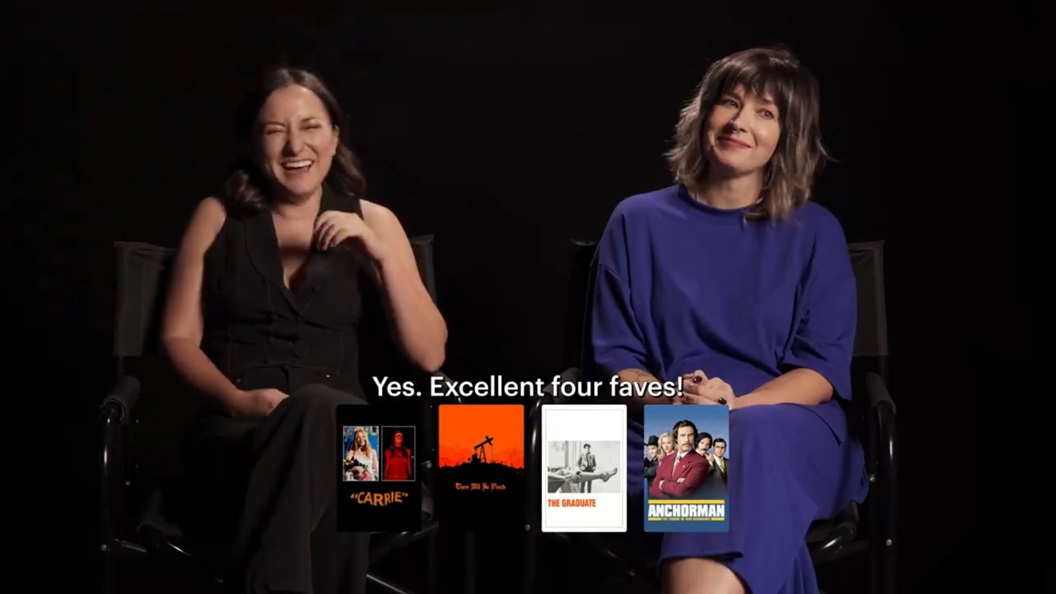
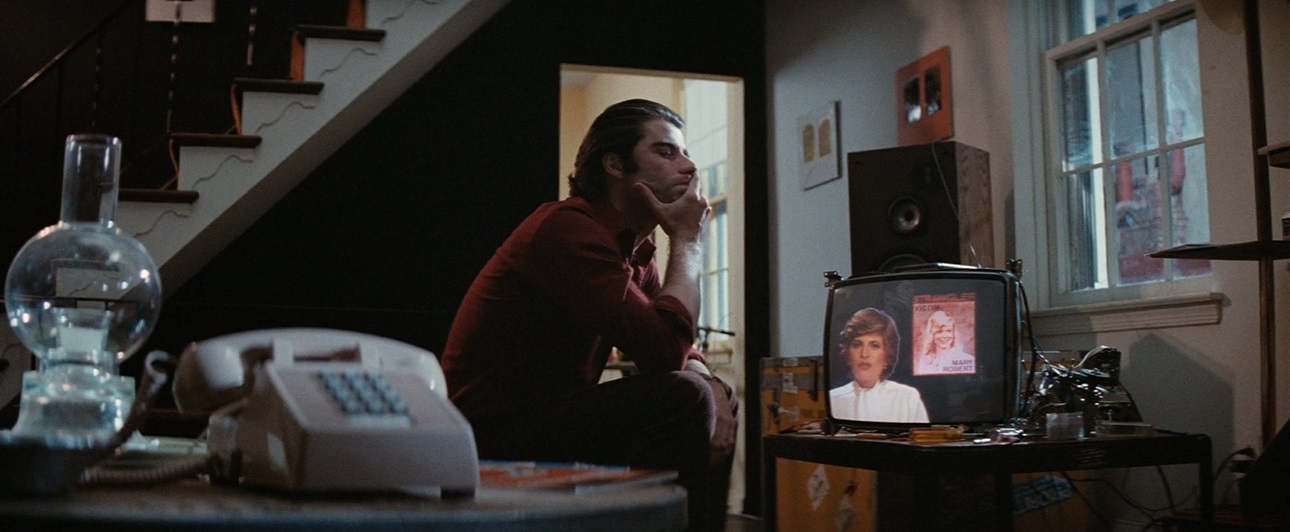
Beginning with Curtis Hanson's L.A. Confidential at #25, Bean heads toward David Lynch's Mulholland Drive at #1, with Brian De Palma's Blow Out at #7:
John Travolta delivers a career-defining performance in Blow Out, playing a sound technician who accidentally records evidence of a political assassination. Brian De Palma's direction melds suspense, political intrigue, and personal obsession into a tightly wound narrative that captivates and horrifies in equal measure. Audiences praise the film for its groundbreaking sound work, a gripping plot and an ending that haunts you well beyond the act of watching the film. If you're into mysteries and thrills, Blow Out will snag your interest. It mixes real-life scares with movie magic in a way that stands out. It throws you deep into a debate about what's real and scarily shows just how mighty the media can be in its depiction of truth.
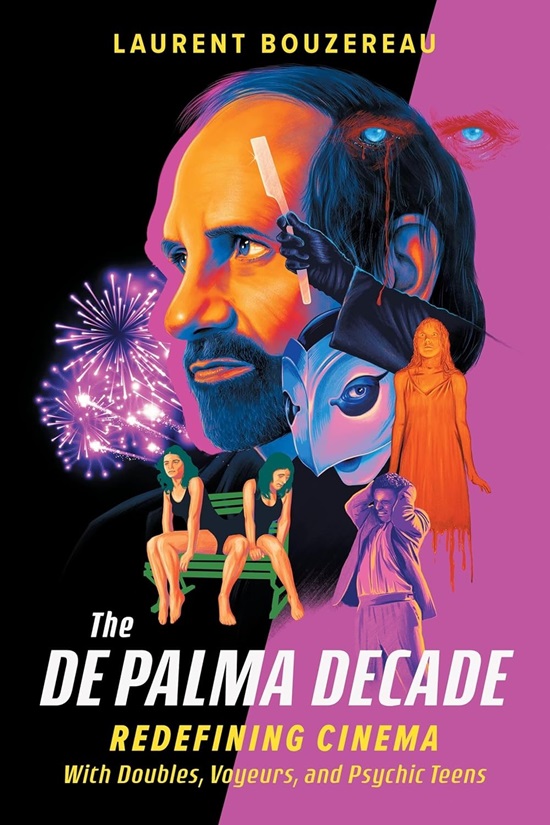
Journey with award-winning documentarian and author Laurent Bouzereau through acclaimed director Brian De Palma’s renowned—and controversial—horror and thriller films that redefined cinema in the 1970s and early 80s with new interviews and fresh takes.Among a crop of fresh filmmakers including Steven Spielberg, George Lucas, Martin Scorsese, and Francis Ford Coppola in the 70s, Brian De Palma—a director from Philadelphia with a few small comedies under his belt—charted a cinematic path unlike any of his peers. At times he was unfairly dismissed as a Hitchcock copycat; other times he was misunderstood for his peculiar mix of sexuality, humor, music, and violence. But, over the course of ten years, he created a new cinematic language, melding his signature themes with specific filmmaking techniques that are now synonymous with his name.
Drawing from his lifelong love of De Palma, years of research, and new interviews, acclaimed documentarian Laurent Bouzereau explores the seven films that came to define The De Palma Decade—Sisters, Phantom of the Paradise, Obsession, Carrie, The Fury, Dressed to Kill, and Blow Out. He combines film analysis, detailed history of the films’ productions, and interviews with De Palma himself, his casts, and collaborators to present the definitive record on this unrivaled period of cinematic creativity and the emergence of an auteur who would continue to influence filmmaking in the decades that followed.
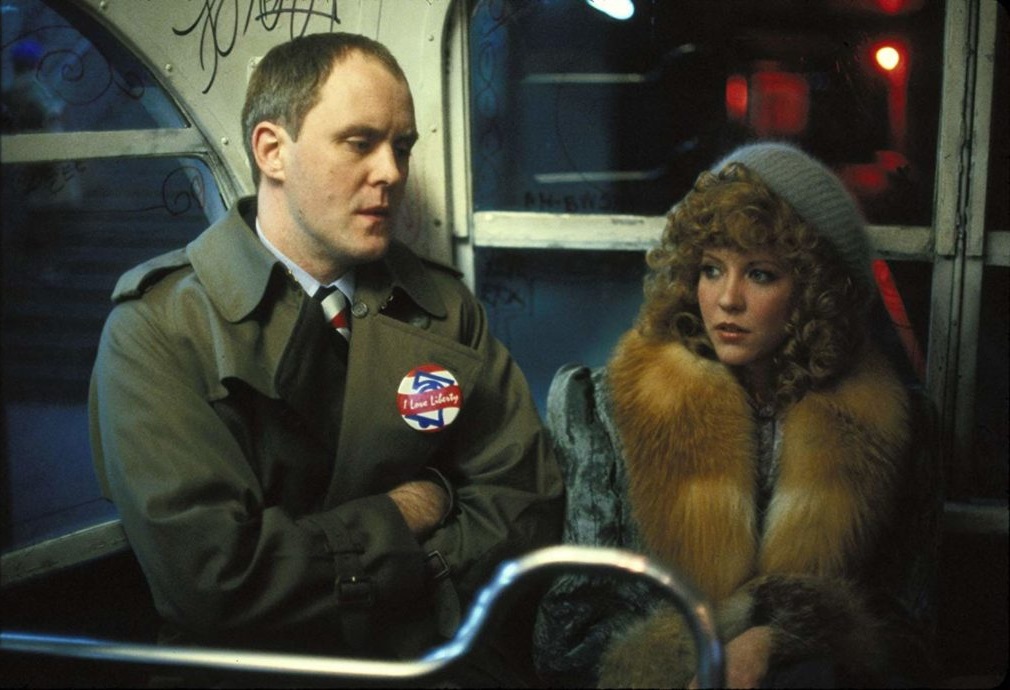
What would unfurl during the writing, casting, filming, and editing process would wind up not only cementing the auteur in suspense cinema history, but double as a diary entry of the damned. Blow Out isn’t just De Palma’s take on an age-old story of trying to do what’s right in the face of madness—it’s a crying out of contrition in the confessional booth.What exactly De Palma winds up divulging in his taut genre exercise requires first breaking down what Hilary Jane Smith calls “the De Palma Gaze” in her 40th-anniversary retrospective on Blow Out: “a macho, threatening perspective [of the] unfiltered patriarchal mind that’s as primal as a cro-magnon man.” Basically, it’s Laura Mulvey’s foundational Intro to Film Studies term “the male gaze” without any of the subtleties. In nearly all of De Palma’s films, especially those from the early-mid 80s such as Dressed to Kill and Body Double, the camera’s eye both desires possession and destruction of the female form at the center of its iris. Blow Out is the filmmaker indulging in both of these tendencies while also attempting to wriggle out of them through meta-commentary on the production, assemblage, and distribution of movies as a downright sordid and perhaps even embarrassing business model.
The film opens in medias res with what unabashedly seems to be a nod to John Carpenter’s 1979 horror classic Halloween, replete with a roving POV shot of a slasher stalking coeds, only for De Palma to pull back the curtain. Here, it is revealed that the scene is nothing more than an exploitation flick in post-production being played back in a smoke-filled soundbooth by Travolta’s Jack and co. coming to a frustrating conclusion that the murder victim’s scream isn’t sufficient for a paying audience. It’s the kind of sardonic postmodernism that so effortlessly feels like what Hitchcock (whom De Palma is routinely criticized for aping) might have been capable of had he lived more than a few months past Reagan’s inauguration. But that’s arguably where the Hitchcockisms end for Blow Out. For Film Comment, storied critic Michael Sragow likens the 1981 film to a kind of reverse-Vertigo, saying, “De Palma and his hero don’t spend the movie creating an illusion but uncovering a reality moviegoers recognize.” What happens for the next 100 minutes is still all things De Palma/male gaze (prostitute with a heart of gold, serial killer of women thrown into the mix with graphic imagery, etc.) but with one hugely important distinction: the guy doesn’t get the girl, and he (spoiler alert) neither ends up vindicated nor released from his paranoid trauma.
When Jack unwittingly records the audio of a governor’s assassination while collecting ambient sounds for his job, De Palma isn’t shy to emphasize just how exhilarating it already is to witness the medium’s technological prowess as well as the simple beauty of a frog’s croak or the wind gently blowing. Then, a couple’s public displays of affection and ensuing skirmish catch our attention and suddenly all the quiet is left behind. And then after that, a gunshot immediately followed by a sedan careening into a creek and sinking fast. The equipment is temporarily abandoned and our hero is in the water attempting to save whoever may be in the vehicle. The natural world is long gone, and yet it’s also about to swallow up at least one innocent person whole. Jack’s rescue of Nancy Allen’s Sally proves the adage: No good deed goes unpunished. From then on, Jack and his audio reel are left to piece together who else was in that, who wanted him dead, and why. De Palma, a visual artist who traffics in the macabre, realizes that the same is likely true for him: he’s trapped himself in this scenario whether he meant to or not. As Michael Koresky says for Reverse Shot, the film “seems like penance for all of De Palma’s past and future cinematic crimes, as well as ours as viewers.” He is the Sisyphus of the moving image—forever fated to revel in the dark side of creation, only to let his creations inevitably tear him apart, just for him to start over again—and so are we.
Part of what makes the guilt go down the gullet with such ease is how joyously vibrant even Blow Out’s most stressful and problematic sequences are. Before John Lithgow shows up and dominates the narrative as a stoic, calculated killer who may be in on and/or working outside the story’s central conspiracy, the most rousing scene is when Jack is going through a tedious, laborious process of matching his audio to a spread of still images in a tabloid of the car’s swerve and descent off the bridge. Travolta is effortless when he feverishly uses a wide array of tools to splice photos and sound together, frame by frame. The film’s editor and longtime De Palma collaborator, Paul Hirsch, recalls in an interview with CineMontage, “I would be editing a piece of film showing Jack’s hand making a mark on the film with a grease pencil, and I would be looking at my own hand marking it with a real grease pencil.” He goes on to liken the experience to being inside an M.C. Escher drawing, alluding to the self-reflexive and labyrinthine works of the famous Dutch visual artist. It’s easy to imagine—and when watching or rewatching the film, it’s visceral—the kind of neurotic, obsessive energy this artistic ouroboros conjures up. On the other hand (no pun intended), another way to describe metatextuality is simple, beautiful, and healthy: it’s called reflection. Perhaps it’s okay to look deep into the photograph like Larrain did back in 1950s Paris, as long as you treat the gaze less like a window and more like a mirror.